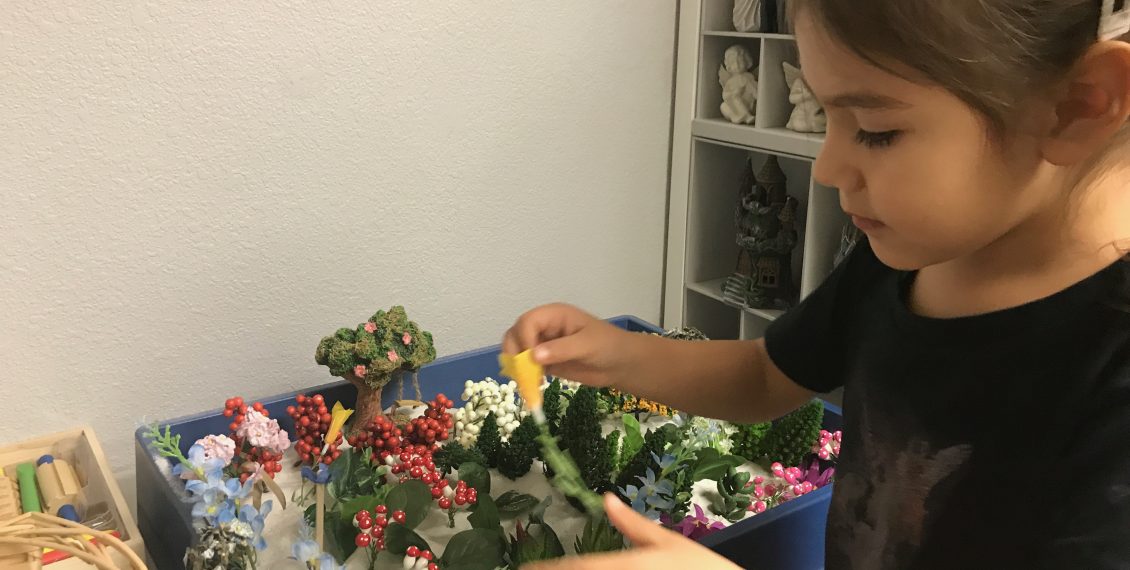
High-Functioning Anxiety: The Hidden Struggle Behind College Success
By Cisais | Anxiety and Trauma
You nail every deadline. Your professors know your name. Friends come to you when they need advice or help getting organized. From the outside, you’re mastering college life.
But inside? That’s a different story entirely.
Your mind races through endless what-if scenarios while you’re trying to fall asleep. You check and recheck assignments before submitting them, never quite convinced they’re good enough. The thought of disappointing anyone—professors, parents, yourself—feels unbearable. Even when things are going well, you’re waiting for the other shoe to drop.
If this resonates, you might be experiencing what mental health professionals call high-functioning anxiety.
The Perfectionist’s Paradox
High-functioning anxiety is tricky because it masquerades as success. It’s the force that drives you to color-code your planner, arrive early to everything, and triple-check your work. But beneath that polished exterior, there’s often a storm of self-doubt and exhaustion.
You might recognize yourself in these experiences:
- Saying yes to everything because disappointing people feels impossible
- Procrastinating on important tasks because you’re terrified they won’t be perfect
- Feeling guilty whenever you try to relax, like rest is something you haven’t earned
- Comparing yourself constantly to classmates who seem more effortless in their success
- Physical symptoms like tight shoulders, headaches, or a churning stomach that you’ve learned to ignore
The cruel irony? The very traits that make you appear successful—attention to detail, drive, reliability—can become sources of internal torment.
Why It Goes Unnoticed
High-functioning anxiety flies under the radar precisely because it looks like everything our culture values: productivity, achievement, responsibility. Teachers and parents often praise students who show these traits, not realizing the internal cost.
Even you might not recognize it as anxiety. After all, you’re not having panic attacks in the middle of class or avoiding social situations entirely. Instead, your anxiety wears the mask of ambition, making it harder to identify and address.
The Real Cost
Living with high-functioning anxiety is like running a marathon at sprint pace—eventually, something has to give. Students often experience:
- Chronic fatigue that sleep doesn’t seem to fix
- Difficulty enjoying achievements because you’re already focused on the next challenge
- Strained relationships due to perfectionist expectations
- Physical symptoms like digestive issues, headaches, or muscle tension
- Increased risk of burnout, depression, or more severe anxiety disorders
Finding Your Way Forward
The good news? High-functioning anxiety is absolutely treatable. Therapy can help you understand the difference between healthy motivation and anxiety-driven perfectionism. You can learn to quiet that critical inner voice and develop a more compassionate relationship with yourself.
At Life Compass Counseling, we understand the unique pressures college students face. We work with students who are tired of feeling like they’re performing their lives rather than living them. Together, we explore:
- Where perfectionist beliefs really come from
- How to set boundaries around productivity and achievement
- Strategies for managing racing thoughts and physical tension
- Ways to build genuine self-confidence that isn’t dependent on external validation
You Don’t Have to Choose Between Success and Peace
Many students worry that addressing their anxiety means becoming lazy or unmotivated. That’s simply not true. Therapy helps you achieve your goals from a place of intention rather than fear, creating sustainable success that doesn’t come at the cost of your well-being.
If you’re ready to feel more at ease in your own skin while still pursuing your dreams, we’re here to support you.
Ready to take the next step?
We offer individual therapy with clinicians who specialize in working with college students and anxiety-related challenges.
Flexible scheduling • Telehealth available • Student rates and sliding scale options
Located just minutes from campus in Downtown Davis, California.
Your success doesn’t have to come with a side of suffering. Let’s work together to find a healthier path forward.









 Those of us on the path of personal and spiritual growth have a tendency to analyze our unhappiness in order to find the causes and make improvements. But it is just as important, if not more so, to analyze our happiness. Since we have the ability to rise above and observe our emotions, we can recognize when we are feeling joyful and content. Then we can harness the power of the moment by savoring our feelings and taking time to be grateful for them.
Those of us on the path of personal and spiritual growth have a tendency to analyze our unhappiness in order to find the causes and make improvements. But it is just as important, if not more so, to analyze our happiness. Since we have the ability to rise above and observe our emotions, we can recognize when we are feeling joyful and content. Then we can harness the power of the moment by savoring our feelings and taking time to be grateful for them.
